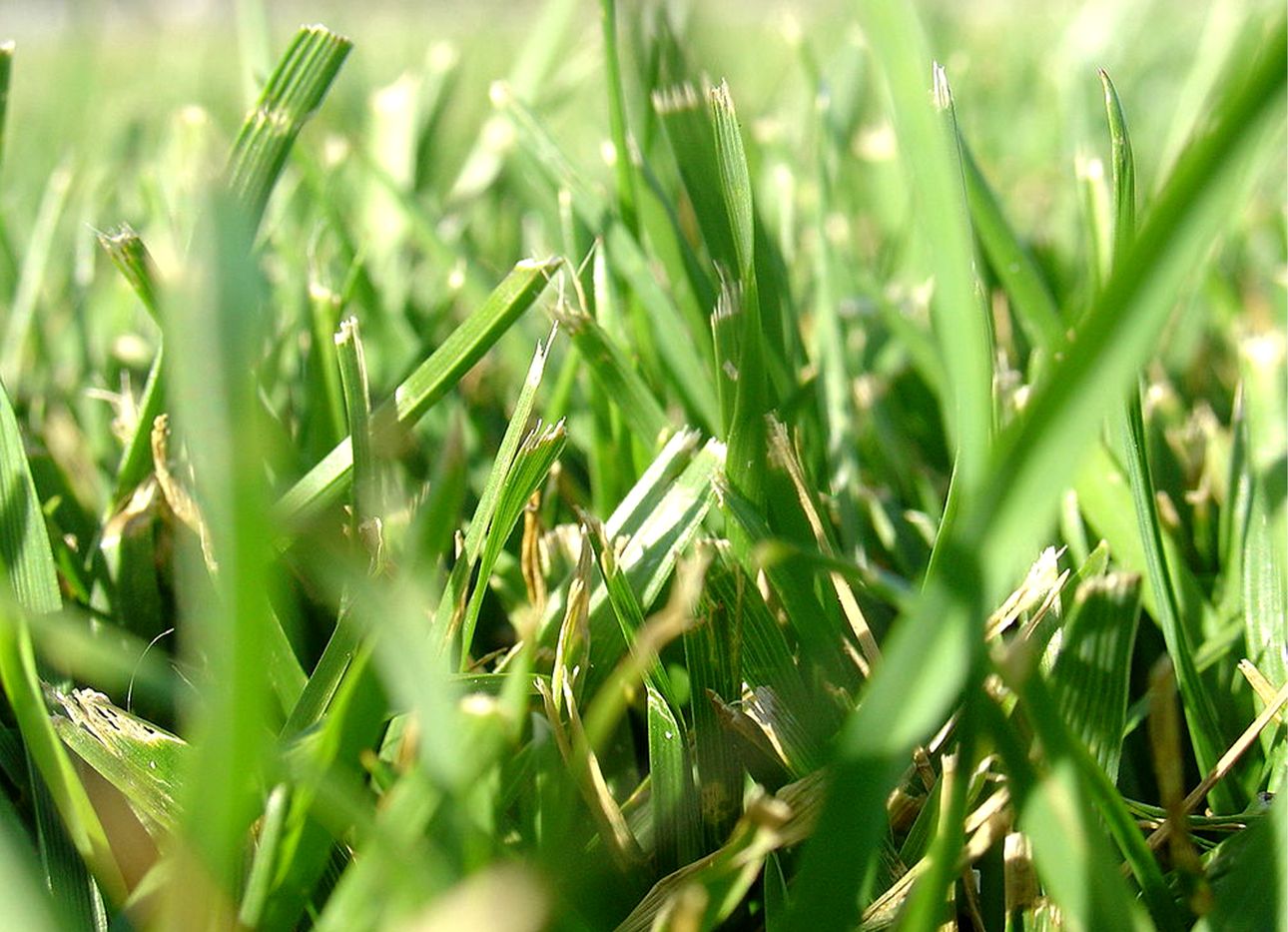
Here’s What Freshly Cut Grass Is Saying With Its Scent
The pleasantly sweet, sharp scent of freshly cut grass can conjure up visions of baseball fields, backyards, or the color green. But in scientific terms, the aroma is in fact a mixture of organic compounds, called green leaf volatiles, (GLVs), that serve as an aromatic distress signal to surrounding vegetation.
When a blade of grass—or any plant—suffers tissue damage, it releases a particular mixture of airborne chemicals to alert neighboring greenery of the incoming threat, which they can recognize and respond to by building up their defenses accordingly. A GLV bouquet might prompt a plant to grow roots quicker in order to acquire more nutrients and moisture, as detailed by a Delaware-based team of scientists in an article for the journal Frontiers in Plant Science, or to shuttle sugars and other resources away from its vulnerable top and down toward its roots, as researchers observed in a study published in the multidisciplinary scientific journal PNAS. A report in the journal Science found that tobacco plants, when being eaten by certain caterpillars, release a GLV that attracts bugs to prey on the threatening insect, in an effort to safeguard both themselves and other flora.
Forest ecologist Dr. Suzanne Simard discussed a similar kind of solicitous plant communication and behavior on Ep. 114 of our At a Distance podcast. “Trees are social creatures,” she says, noting that they can perceive humans and transmit signals to adjacent plants, and possibly farther. “They definitely have responses that are immediate and dramatic.” It’s an example of one of nature’s fascinating means of protecting itself—and something to consider the next time the savor of a just-mowed lawn wafts into your nostrils.